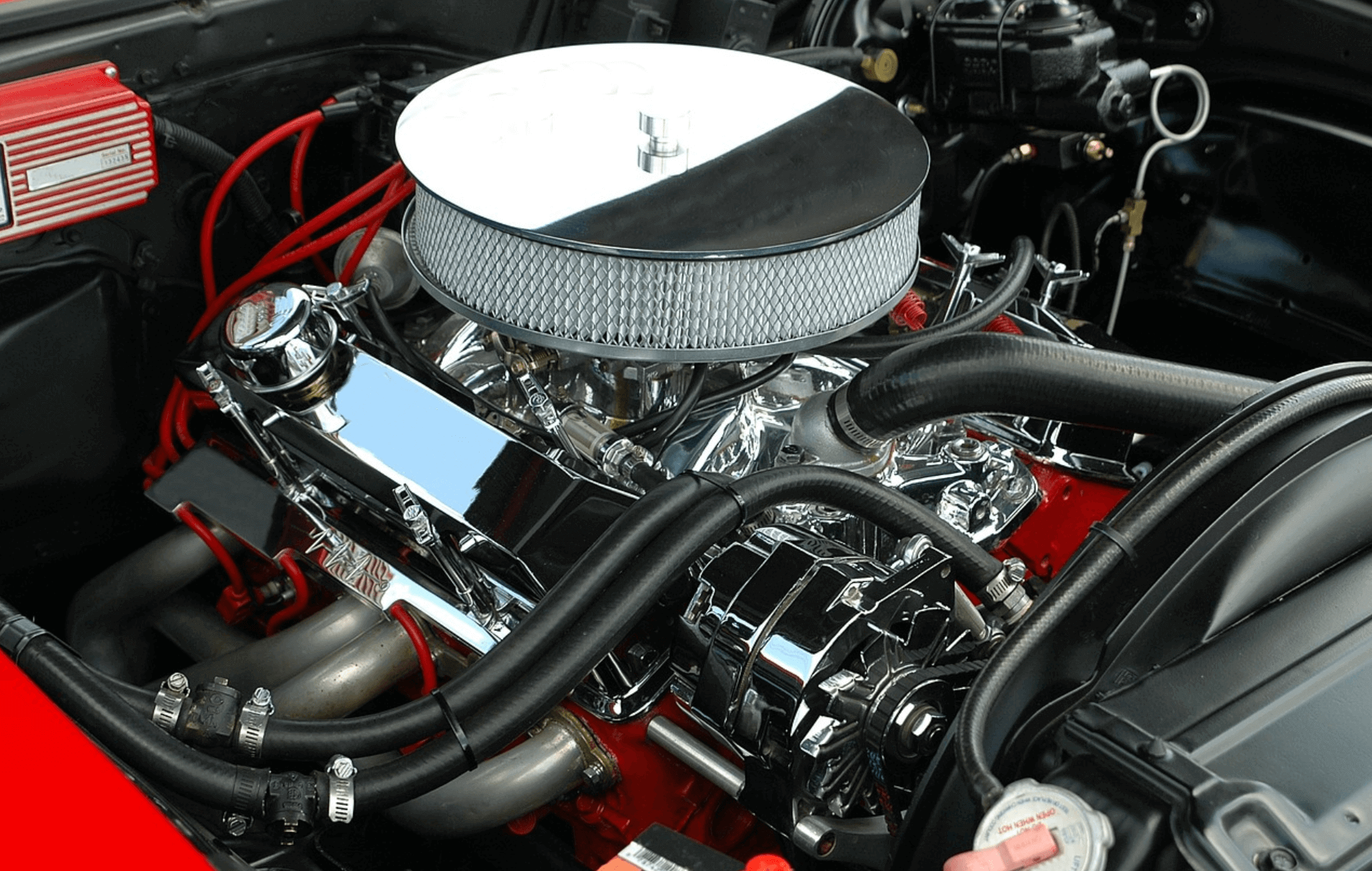For drivers who live in the northern parts of the United States and Canada, there is no season quite like spring. After months of battling icy highways, blizzards, and road salt, the warm weather of spring brings with it the promise of driving fast down highways cleared of snow with the windows down and music on the stereo.
For those who own sports cars, the pleasure is even more acute, as most of these drivers take care to store their cars to save them from the degradations of winter. And for classic car heads, nothing compares to that first drive of spring, when everything seems new and the world is aglow with possibility.
There is another category of driver, however, that takes pleasure in the spring for different reasons. Pony car drivers who take pleasure in speed above all else welcome spring as an opportunity to be free to take their vehicles out on the drag strip and take them to the limit. And when it comes to racing, no car is quite like the Ford Mustang.
If you’re looking forward to hitting the tarmac for some racing this spring, here are some of the reasons why a Mustang is a right car to do it in.
Mustangs Offer Better Performance:
The Mustang was the first pony car, and since 1964, ripping up the road with a Mustang GT has been a right of passage for North American drivers. It isn’t just that the Mustang is fast — through the more than 700 horsepower that the 2020 Mustang packs brook no argument — it is that the Mustang has been carefully designed for drag strip performance.
Unlike their competitors, Ford’s engineers have not simply sought to push the metrics as far as they can go. The 2020 Ford tops out at 180 MPH (twenty fewer than the 2013 Mustang delivered). But given that this car is designed for road tracks and the strip, pushing the car to deliver that extra twenty MPH, which will likely not meaningfully impact the car’s performance, is a strategic move.
In a Mustang, Racing Can be Eco-Friendly:
For drivers who love racing and who are aware of the damaging environmental impact of burning fossil fuel, their hobby can be cause for soul searching from time to time. How can you justify heating up a big V-8 engine just for fun, when cutting fossil fuel emissions is essential for staving off the worst impacts of climate change?
The good news is that Ford now offers and Eco-Boost variant of its famous pony car. While the Eco-Boost doesn’t deliver the same amount of horsepower as the GT would, it makes up for it with the lightness and agility that comes from having a lighter engine.
Taking your car out for the first drive of the year is a special feeling. If racing is your thing, getting ready for the first meet offers heart-stopping excitement — and if you’re considering purchasing a new vehicle this spring, there are plenty of reasons to make it a Mustang.
Read Also:






















